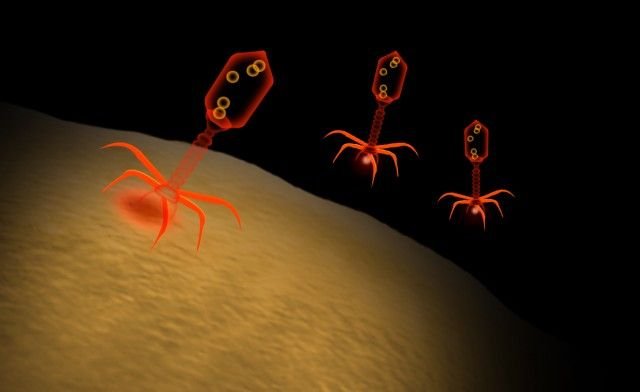
Deadly Flesh-Eating Bacteria Spreads Rapidly in Japan: Urgent Alert!
A total of 977 cases of streptococcal toxic shock syndrome (STSS) have been reported in Japan till June 2.
In recent months, Japan has been grappling with a significant public health crisis as cases of a severe and potentially deadly bacterial infection, known as streptococcal toxic shock syndrome (STSS), have surged to unprecedented levels. As of early June, the country’s Health Ministry reported a staggering 977 cases of STSS, a condition characterized by its rapid onset and high mortality rate of up to 30%. Between January and March alone, 77 deaths have been attributed to this infection, marking a grim escalation in its impact on the population.
This outbreak has surpassed previous records, underscoring the severity and urgency of the situation. In 2023, Japan saw 941 preliminary infections, already setting a concerning benchmark. The National Institute of Infectious Diseases recorded 97 deaths from STSS last year, marking it as one of the deadliest periods in recent years concerning this bacterial infection.
STSS is triggered by group A streptococcus (GAS) bacteria, typically associated with more common ailments like strep throat. However, in rare cases, these bacteria can invade deeper tissues and enter the bloodstream, unleashing a cascade of severe symptoms. The initial signs often include fever, muscle pain, and vomiting, but the infection can rapidly progress to cause life-threatening conditions such as low blood pressure, tissue swelling, and organ failure, leading to shock.
The bacterium responsible for STSS produces toxins that allow it to penetrate the body’s defenses, triggering an overwhelming immune response. Despite advancements in medical treatment, the mortality rate remains alarmingly high. According to the US Centers for Disease Control and Prevention (CDC), approximately three out of ten individuals diagnosed with STSS do not survive, even with prompt intervention.
The resurgence of invasive group A streptococcal infections has been a subject of concern globally. During the COVID-19 pandemic, stringent public health measures such as mask mandates and social distancing inadvertently curbed the spread of not only the coronavirus but also other respiratory and bacterial infections. As these restrictions were gradually lifted, many countries witnessed a resurgence in various infectious diseases, including STSS.
In the case of Japan, the factors contributing to the current spike in STSS cases remain unclear. Experts are diligently investigating possible reasons behind this alarming trend, yet definitive answers have proven elusive thus far. The sudden increase in cases underscores the complex interplay of bacterial dynamics, healthcare infrastructure, and public health responses.
Complicating matters further, invasive group A streptococcus infections can manifest in different forms, including necrotizing fasciitis, a severe condition colloquially known as “flesh-eating disease.” Although less common than STSS, necrotizing fasciitis poses similarly grave risks, often necessitating aggressive medical intervention to prevent tissue damage and potential loss of limbs.
While most individuals affected by STSS or necrotizing fasciitis are otherwise healthy, certain underlying health conditions or compromised immune systems can heighten susceptibility. Factors such as diabetes or cancer, which weaken the body’s ability to combat infections, may exacerbate the severity of these bacterial illnesses, increasing the likelihood of complications and mortality.
Efforts to contain and mitigate the impact of STSS in Japan are multifaceted. Enhanced surveillance and reporting mechanisms are crucial for tracking the spread of infections and identifying patterns or clusters. Additionally, public awareness campaigns aimed at promoting early recognition of symptoms and seeking prompt medical attention are pivotal in improving treatment outcomes.
Medical professionals emphasize the importance of swift diagnosis and aggressive treatment protocols for STSS. Timely administration of antibiotics and supportive care can significantly improve survival rates, underscoring the critical role of healthcare providers in managing this complex and rapidly evolving public health challenge.
Looking ahead, ongoing research endeavors seek to elucidate the underlying mechanisms driving the current surge in STSS cases. Collaborative efforts between epidemiologists, microbiologists, and public health officials are essential for developing targeted interventions and preventive strategies to mitigate the impact of invasive streptococcal infections on vulnerable populations.
In conclusion, Japan’s experience with the unprecedented rise in STSS cases serves as a poignant reminder of the persistent threat posed by bacterial infections, even in the wake of global health crises like COVID-19. Addressing these challenges demands a concerted approach encompassing rigorous surveillance, enhanced healthcare infrastructure, and proactive public health measures to safeguard community health and well-being.




Leave A Comment